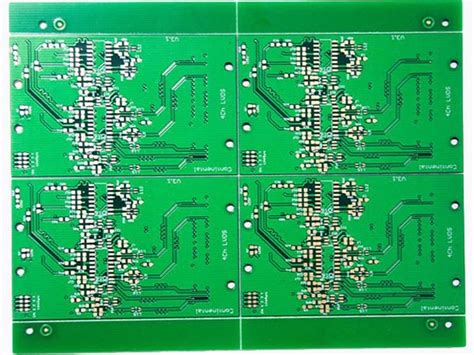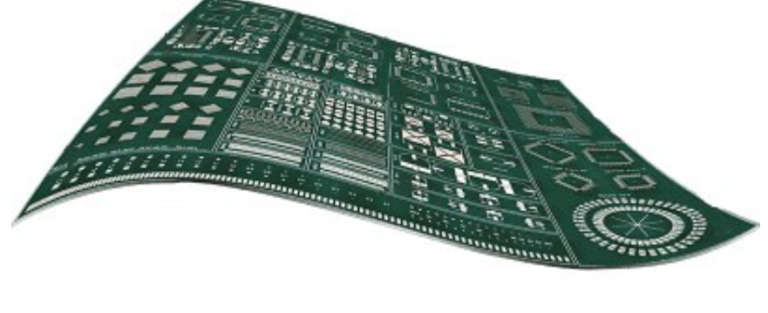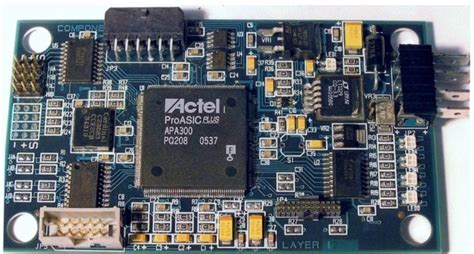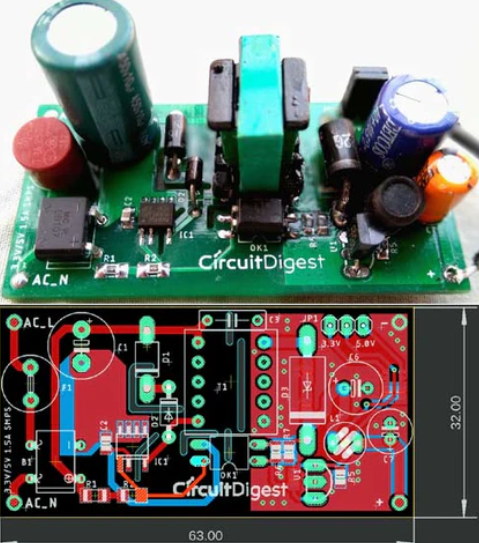Discussing the application of industrial robots in the PCB industry
The PCB industry is a technology-intensive and capital-intensive industry, but it is still a labor-intensive industry. A large number of automated equipment requires manual operation and assembly line operation. A medium-sized PCB company has thousands of employees. With the transfer and upgrading of industries, the implementation of the new labor contract law, the rising cost of urban living brought about by the transformation of economic structure, and the difficulty and high mobility of the post-80s and post-90s workforce management, PCB manufacturers are facing more and more serious challenges of labor shortage and rising labor costs, and the resulting impact on production plans, product quality and profitability. At the same time, with the improvement of robot performance and the decline in prices, replacing the traditional “automated equipment + manual operation” production model with “automated equipment + industrial robot operation” will become the trend of transformation and development of the PCB industry.
1.Types and characteristics of industrial robots
Industrial robots are multifunctional, multi-degree-of-freedom mechatronic automatic mechanical equipment and systems that can complete certain operational tasks in the manufacturing process through repeated programming and automatic control. They can be combined with manufacturing hosts or production lines to form single-machine or multi-machine automation systems, and can achieve various production operations such as handling, welding, sorting, assembly and spraying without human participation.
Since the first generation of robots came out in the United States in the early 1960s, the development and application of industrial robots have developed rapidly, and their application in production has become increasingly widespread, and they have become an important highly automated equipment in modern manufacturing.
Industrial robots are mainly composed of two parts: the body (including the mechanical trunk, motor, and reducer) and the electronic control (including the drive and control system). Its function is to use the end actuator to replace the human hand to grab objects or tools to complete different tasks. There are currently three mainstream industrial robots, including: SCARA (four-axis parallel joint robot), DELTA (parallel robot) and six-axis multi-joint robot (including multi-joint robots with more than six axes and derived dual-arm robots).
The most notable features of industrial robots can be summarized as follows:
- Programmable. The further development of production automation is flexible automation. Industrial robots can be reprogrammed according to the needs of their work tasks and environmental changes. Therefore, they can play a good role in the flexible manufacturing process of small batches and multiple varieties with balanced and high efficiency, and are an important part of the flexible manufacturing system (FMS).
- Anthropomorphism. Industrial robots have similar walking, waist rotation, upper arms, lower arms, wrists, claws and other parts in the mechanical structure, and computers in the control. In addition, intelligent industrial robots have many “biosensors” similar to humans, such as skin contact sensors, force sensors, load sensors, visual sensors, acoustic sensors, language functions, etc. Sensors improve the adaptability of industrial robots to the surrounding environment.
- Versatility. In addition to specially designed dedicated industrial robots, general industrial robots have good versatility when performing different tasks. For example, replacing the end manipulator (claw, tool, etc.) of the industrial robot hand can perform different tasks.
- Application cases of industrial robots in the PCB industry
Industrial robots were mainly used in the automotive manufacturing industry in the early days. They completed welding, assembly, handling, spraying and other tasks during the automobile production process. These links did not require high accuracy and speed of robots. However, the situation in the PCB industry is relatively complex. The application of robots in the PCB industry is mainly reflected in the functions of loading and unloading, flipping, sorting, positioning and detection in each process, and they must replace manual operation of PCB board processing equipment and testing equipment. Due to the diversity and complexity of PCB boards, there are single-layer boards, double-layer boards, multi-layer boards, flexible boards, soft-hard combination boards, non-porous boards and multi-porous boards, which lead to more requirements for front-end actuators; there are also requirements for positioning accuracy and work rhythm, so the requirements for robot technology and integration technology are also high when industrial robots are applied. After nearly two years of exploration and practice in the industry, we have worked hard to help customers solve problems and meet customer needs, and have also accumulated experience in industry applications. At present, we have mature solutions for many process links in the PCB industry, such as AOI, exposure machine, drilling machine (OPE, XZ), silver paste filling, text inkjet, brown pre-stack, finished product tray, OSP, finished product cleaning, DOME film reverse film, LCD assembly, etc.
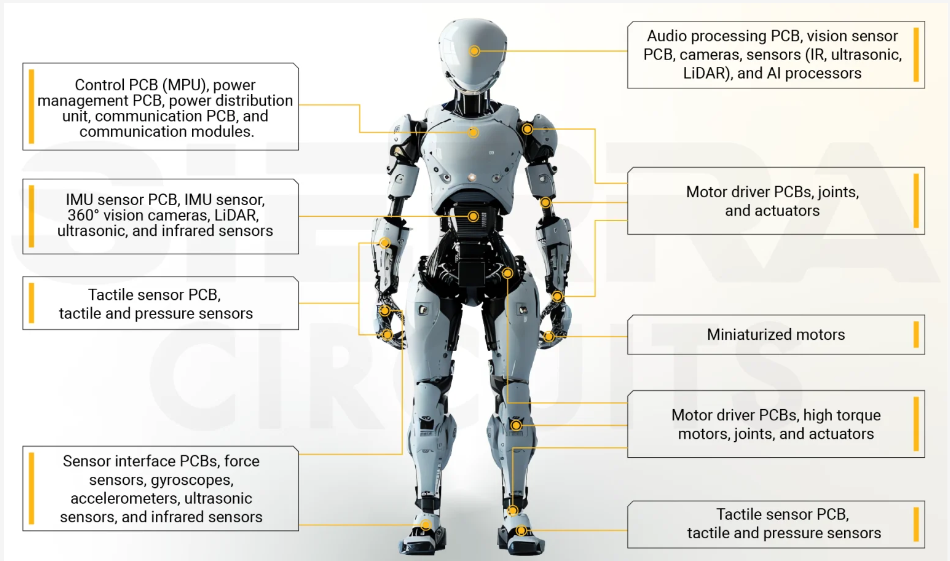
The following focuses on the representative application cases of three robots:
1.Six-axis multi-joint robot for AOI inspection process
Traditional AOI scanning machines rely on manual board placement, board flipping and board collection. One person takes care of two machines, doing repetitive and monotonous actions every day, and the newly made circuit boards will also emit pungent odors that cause certain harm to the human body. The infrared light emitted by the AOI scanning machine is also an invisible killer. We use a six-axis multi-joint robot to replace workers to be responsible for the placement, flipping and collection of two AOIs. More than 700 PCB hard boards can be collected and placed per shift, and the comprehensive efficiency can reach 1 piece/min (including AOI machine scanning time). If the loading and unloading transportation line that cooperates with the retractable board machine can be further connected to the AGV for fixed line transfer, the fully automated production of the upper and lower processes can be realized.
PCB circuit board AOI inspection equipment video case
2.SCARA robot is used for circuit board coil inspection process
At present, there are few complete sets of detection equipment for short circuit of multilayer board coils on the market. Most of the detection equipment relies on manual labor. For PCB boards with large apertures, the board is manually placed on the detection equipment and then the equipment is turned on for detection. For PCB boards with small apertures, manual equipment (probe) is required to detect each coil. We use SCARA robots to complete the loading and unloading and alignment placement of the detection equipment, and realize the one-time detection of all coils of large-aperture boards; for boards with small apertures, we use the SCARA equipment to fix the probe at the execution end, and use the probe to detect each coil through visual positioning. Our equipment also effectively avoids missed detection due to small or large coil apertures during manual operation. Compared with manual operation, it can significantly improve the detection efficiency and avoid quality problems caused by missed detection.
3.DELTA robot is used for the finished product packaging process of small circuit boards
The existing FPC trays are picked up one by one by hand and put into the blister tray. Since FPC is soft and thin, it is inconvenient to pick it up, so the efficiency will be greatly reduced. Delta800 plus a set of visual systems can pick out qualified ones from the messy FPC pile and place them in the blister tray according to the requirements, and the effect is not inferior to manual. Its speed can reach 60 pieces/min, which can completely replace manual sorting and packaging.
Advantages of industrial robots replacing manual labor in the PCB industry
Like the automotive industry and other manufacturing industries, industrial robots replace manual labor in the PCB industry.
- Reduce labor, speed up work rhythm, and improve work efficiency. Robots can achieve high-speed repetitive operations, which can be much higher than the manual work rhythm, thereby greatly improving work efficiency and reducing labor costs and management costs.
- Improve operation accuracy and product quality. Robots can use programming and visual systems to achieve accurate positioning and repeatability, effectively improving product quality.
- Avoid potential threats to workers’ health and safety in the working environment, saving investment in environmental safety.
- Reduce the decline in efficiency and quality and the accident rate caused by the impact of repetitive and boring processes on workers’ status;
- Optimize the working process and reduce the working space.
- Effectively reduce the material consumption rate.
- Can work continuously for 24 hours and in a dark environment;
- Can make the manufacturing process flexible. In the future, there will be more and more small batch orders in the PCB industry. The use of industrial robots can greatly improve the flexibility of production and achieve rapid delivery of orders.
- Improve brand image and reputation. The application of industrial robots has further improved the automation level of PCB manufacturers, driving progress in product quality, production efficiency, cost control, responsiveness, etc., and improving the overall competitiveness of manufacturers in the industry.
- Prospects for the application of industrial robots in the PCB industry
At present, the application of industrial robots in the PCB industry has just started, and there are still many problems that need to be solved. Many production lines in the PCB industry are non-standard products. In the process of robot application, they are limited by the existing working space and the capacity of the original equipment. In the face of the influence of different PCB board materials, various sensors should be used to improve the intelligence of robots. At the same time, a group of employees who can operate and maintain robots should be trained for manufacturers.
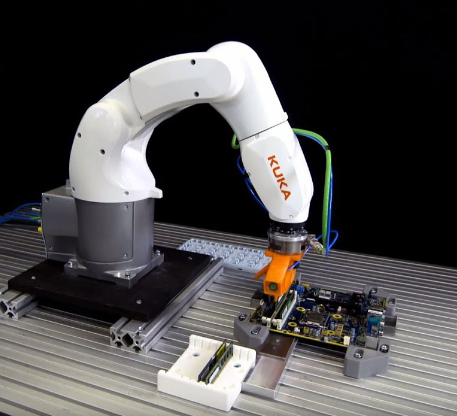
The application of industrial robots in the PCB industry in the future will show the following trends:
- From single-station or single-line application to multi-line application. It is difficult for existing PCB companies to fully introduce robots to realize automated production, and a large amount of funds need to be invested for transformation. However, they can carry out step-by-step transformation of single stations and single lines that meet the conditions, and gradually expand the scope of application after achieving obvious results.
- From the application of simple robots to the application combined with other intelligent equipment such as AGV. Most of the material transmission between the existing process production lines is manually operated, and the orderly transmission of materials can be realized by combining robots and AGVs.
- The existing factories are mainly local applications, and the construction of new factories will be planned as a whole to directly introduce the application of robots and AGVs.
- The combination of industrial robots and the Internet of Things will make the manufacturing process more intelligent and flexible.



